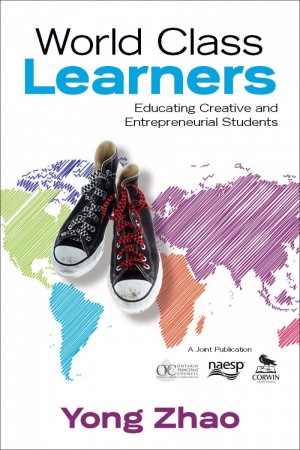Our newly established Student Advisory Teams have met twice. (A reminder that we have one team comprised of kindergarten through second grade students, and another team that is third-fifth grade students - see 'Student Leaders,' which I originally blogged about on September 1st.) While we haven't accomplished much, yet, we have had some really good discussion and the students have generated some great ideas. These teams are literally giving our students a place at the table.
When I first informed the students that they had been selected for these teams, I gave them the assignment of beginning to think about what they would change about our school if they had a magic wand with such powers. At our first official meeting, we brainstormed ideas of the things that they wanted to see changed. We didn't rule anything out. All of their ideas were left on the table.
After two meetings, the first one spent brainstorming and the second one dedicated to narrowing down their list, the 3rd-5th grade team's list includes:
After two meetings, the first one spent brainstorming and the second one dedicated to narrowing down their list, the 3rd-5th grade team's list includes:
- Reducing the restrictions that students have re. conversing with their peers during lunch
- Improving their lunch procedures/schedule
- Raising money for new playground equipment and more technology
- Announcing birthdays, as well as other important events/reminders at the end of the day
- Desire for more assemblies that their Student Advisory Team will help plan/lead
It was so neat to listen to their ideas, as almost all of them were things that were already in the works!
Now I would be lying if I said that the Kindergarten-2nd grade team was being as productive as our 3rd-5th grade team. Nonetheless, I believe that the process is valuable for these students that are involved. It is beneficial for them to know that they have a voice when it comes to improving our school. It is beneficial for them to think about the things that they can do to improve our school. And it is beneficial for them to see how change is a process that takes time and work.
With all of that being said, this group of kindergarteners, first, and second graders has decided to focus on limiting the amount of distractions that occur inside our classrooms from outside (the major distraction being other kids playing at recess near classroom windows). I'm fairly impressed.
I realize that this is, unfortunately, a small percentage of our students that we are enabling with student voice. However, it is a starting point; a starting point that I hope to build upon. After all, Rome was not built in one day. Nonetheless, the excitement that I see from the involved students leads to my growing belief that this may, in fact, be an optimal method for beginning to increase our students' sense of ownership for what happens within the walls of their school.



